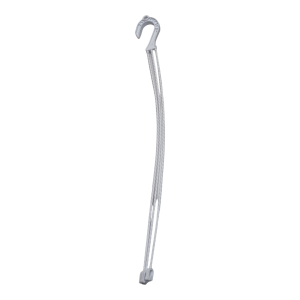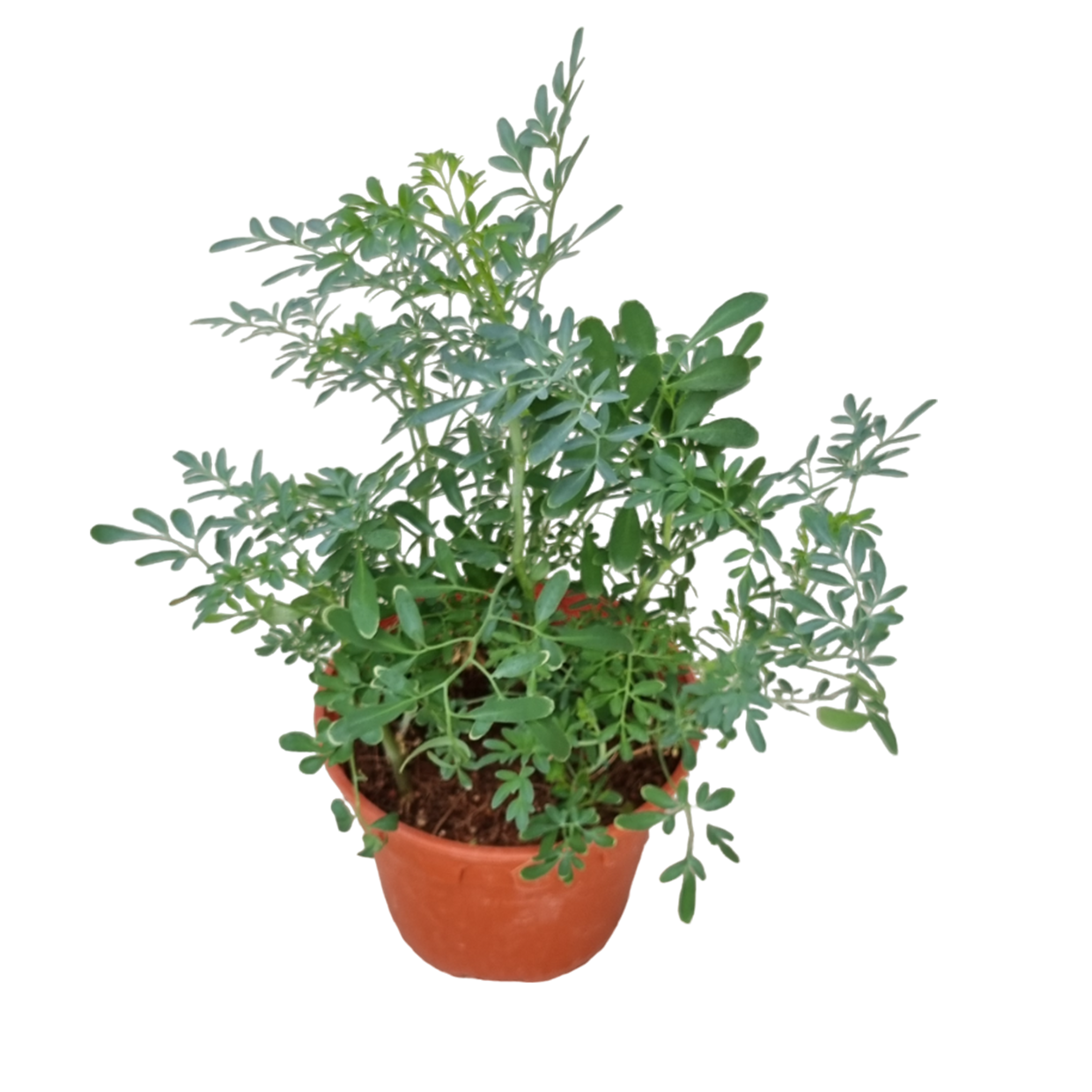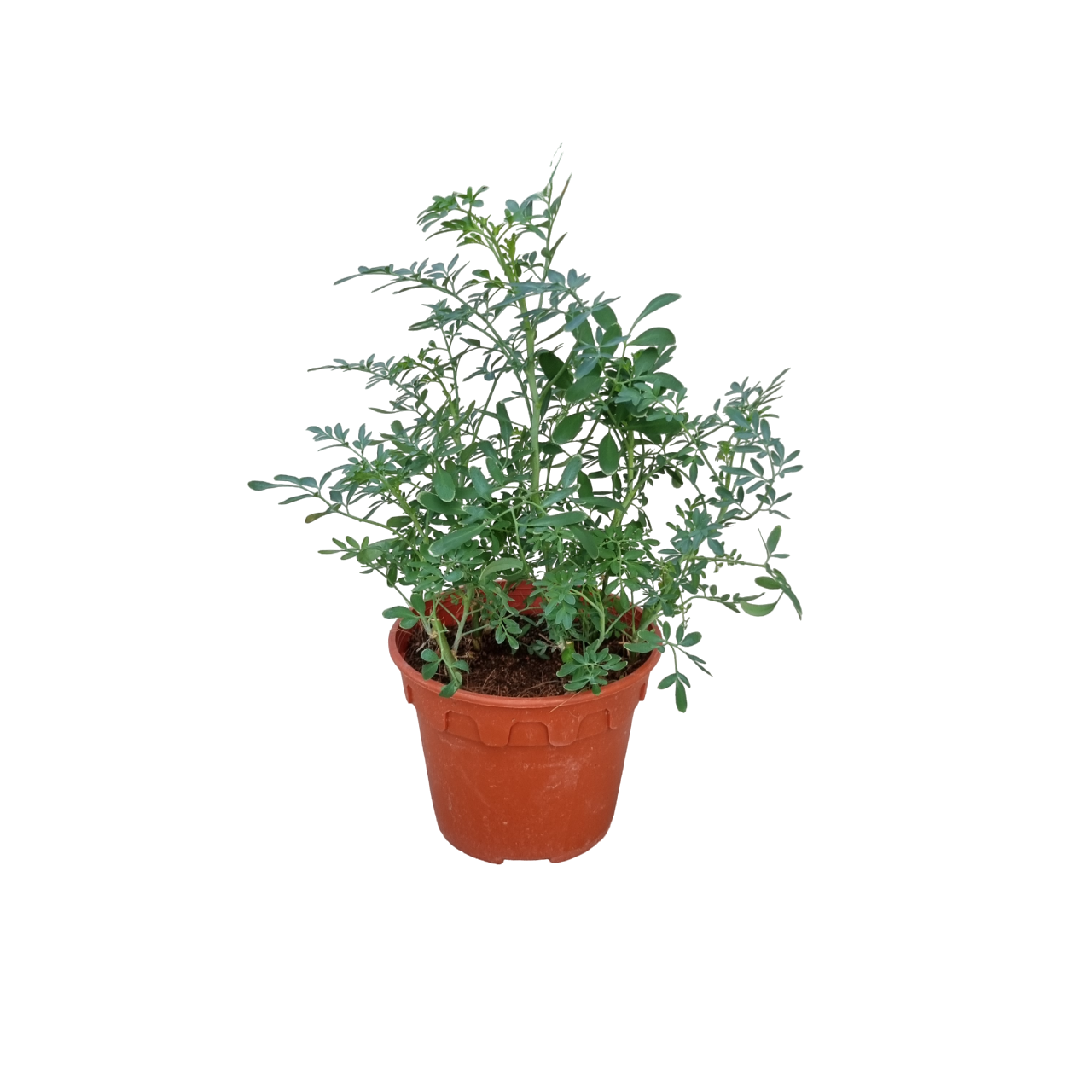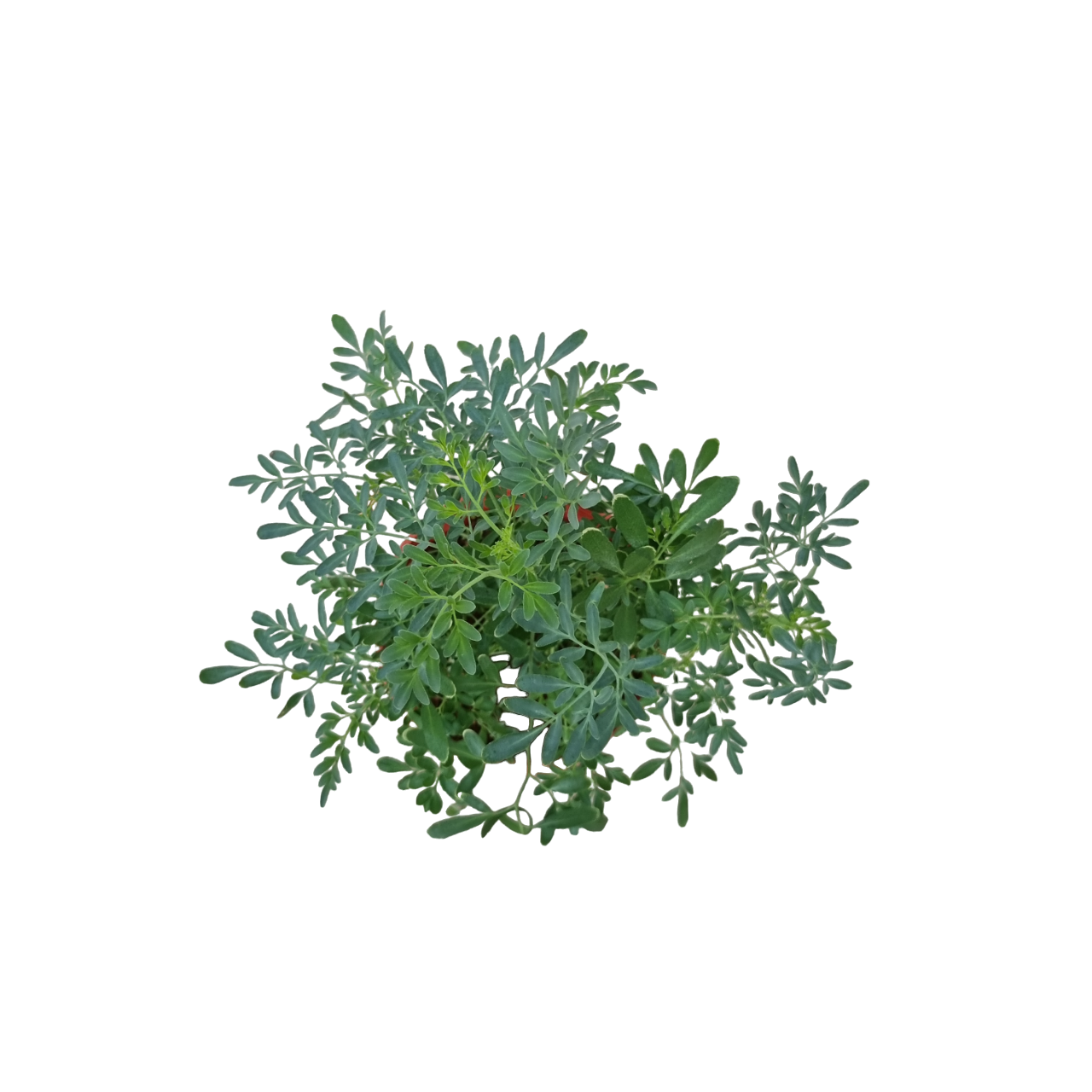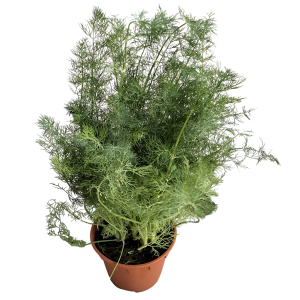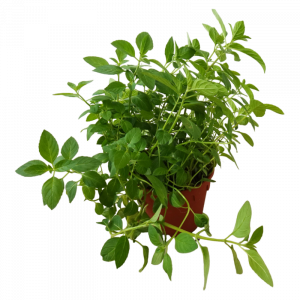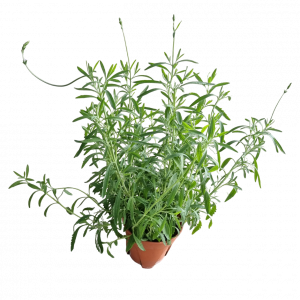Ruta graveolens, commonly known as Common Rue, is a woody, aromatic herb native to the Mediterranean region. This hardy perennial is known for its distinctive, blue-green, fern-like leaves and clusters of small, yellow flowers that bloom in late spring to summer. Growing to around 60 cm in height, Rue is often cultivated for its culinary and medicinal uses, as well as for its ornamental value in gardens. Its strong, pungent scent is a key feature, which serves as a natural insect repellent. Rue has a long history of use in traditional medicine, though care must be taken when handling it, as its leaves and sap can be toxic in large quantities. Rue is also valued for its drought tolerance and ability to thrive in poor, rocky soils, making it an ideal addition to low-maintenance gardens or herb beds.
Plant Care Guide
Light Requirements: Ruta graveolens prefers full sun and thrives in bright, direct light for most of the day. While it can tolerate some light afternoon shade, it will produce the best growth and more abundant flowers when exposed to at least 6 hours of sunlight daily. A sunny spot in the garden or on a balcony is ideal for this hardy herb.
Watering: Common Rue is relatively drought-tolerant once established, but it still prefers moderately moist soil. Water the plant regularly, allowing the top layer of soil to dry out between waterings. Be careful not to overwater, as Rue does not like to sit in soggy soil. Ensure the soil is well-draining, as root rot can occur if the plant is kept too wet for too long.
Soil and Drainage: Rue thrives in well-draining, moderately fertile soil. It is not fussy about soil quality and can tolerate poor, rocky or slightly alkaline soils. Good drainage is essential, particularly in containers, to prevent water from accumulating around the roots.
Fertilising: Ruta graveolens does not require heavy fertilisation, as it can thrive in poor soils. However, if your plant is grown in pots or in more fertile garden soil, you can feed it with a balanced, slow-release fertiliser to encourage healthy growth. Use a light hand with fertilising to avoid promoting excessive leafy growth at the expense of flowers.
Pest and Disease Management: Common Rue is generally pest-resistant, but it may occasionally attract aphids or caterpillars. Inspect the leaves regularly for signs of infestations, especially on the undersides of the foliage. Aphids can be controlled with a gentle spray of water or organic insecticidal soap. Rue’s strong scent also acts as a natural repellent for many common garden pests, including mosquitoes. Fungal issues are rare, but if you notice yellowing or wilting leaves, it may be a sign of root rot from overwatering or poor drainage.
General Care: Ruta graveolens is a low-maintenance plant that adapts well to a variety of growing conditions. To keep your Rue looking its best, prune any dead or damaged growth to encourage fresh new shoots. Regularly remove spent flowers to prevent the plant from putting energy into seed production and consider trimming back the plant in the early stages of growth to help maintain a compact, bushy shape. Rue can tolerate some neglect and is perfect for gardeners who appreciate a hardy, aromatic plant that requires minimal care.
Lighting: Full Sun
Watering: Water Moderately
Watering Frequency: When top layer of soil is dry
Aphids: Aphids are tiny, pear-shaped insects that range in color from green to yellow to black. They feed on the sap of plants using their sharp, piercing mouthparts and can cause stunted growth, curling leaves, and other damage. They reproduce quickly and can form large colonies, making them a common pest in gardens and greenhouses..
Caterpillars: Caterpillars cause damage to plants by feeding on the leaves, flowers and fruits. This weakens the plants and reduces photosynthesis, which leads to poor growth and reduced yields. .
Garden Formula Potting Soil.
BIO-PLUS NPK 8-8-8-10+TE Organic Fertiliser: Every 2 Weeks.

